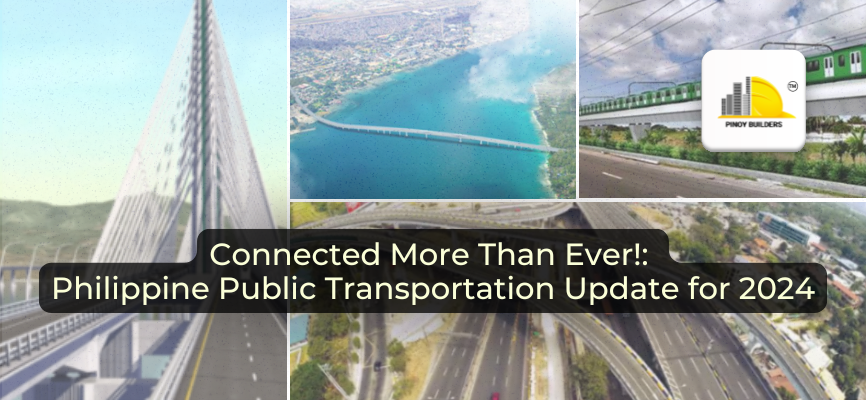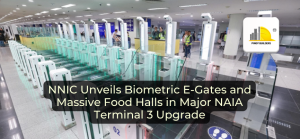The Philippines is undergoing a remarkable transformation in its transportation landscape, fueled by extensive infrastructure developments designed to tackle the long-standing issue of traffic congestion, especially in Greater Metro Manila. With concerted efforts from both the government and private sector, the country is on the cusp of entering a new era of connectivity, promising faster, safer, and more efficient travel nationwide.
As we head into 2024, let’s take a closer look at some of the most significant improvements in Philippine public transportation. In this article, let’s look closer at the key projects that are reshaping the daily lives of Filipinos, paving the way for a more connected and accessible future.
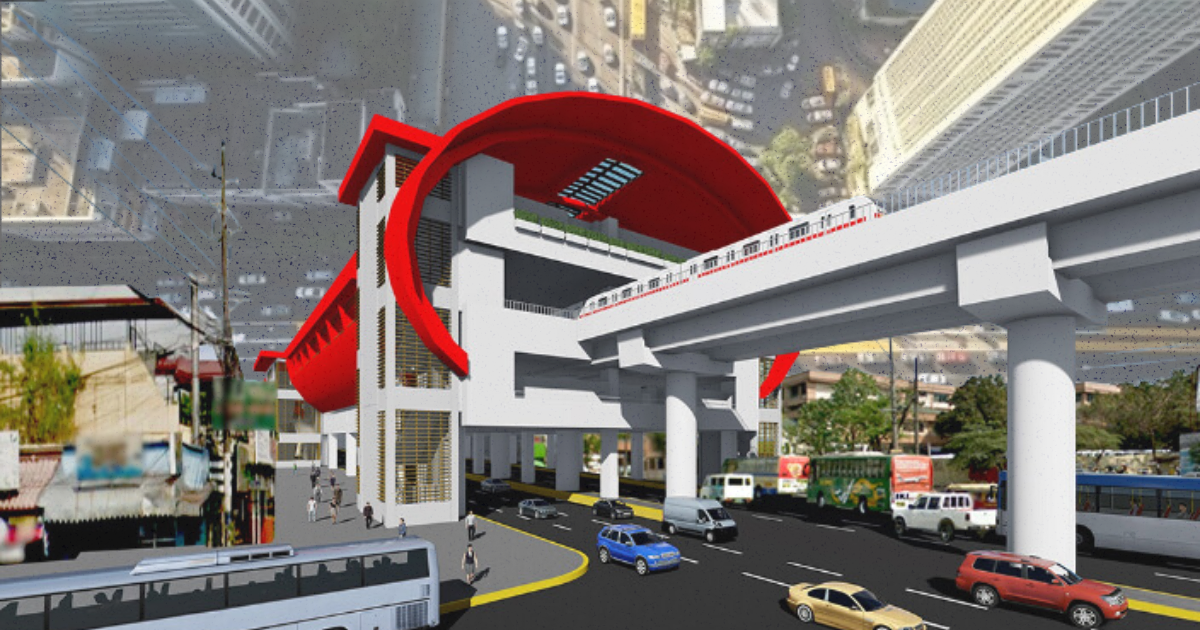
Image from Meinhardt Philippines
Metro Manila’s Transportation Congestion: Current Status
The average Filipino would likely give the same answer: commuting within Greater Metro Manila remains one of the toughest daily challenges. Despite completed projects designed to make travel easier, like the Metro Manila Skyway Stage 3, traffic issues still persist.
Congestion continues to plague the region—bottlenecks and slowdowns are still part of the daily grind, especially during peak hours. This ongoing issue highlights the fact that the country still urgently needs more transportation solutions. Thankfully, ongoing infrastructure projects show the government’s commitment to tackling this problem, offering hope that our traffic nightmares will eventually be eased—and maybe one day forgotten.
Government Infrastructure Goals for 2024 and Beyond
The government’s “Build, Better, More” program continues to push for infrastructure development that enhances national connectivity and drives economic growth. The Department of Public Works and Highways (DPWH) has already completed 11,945 kilometers of roads, with 15,769 kilometers of projects ongoing. These ambitious goals aim to modernize the country’s transportation infrastructure, addressing the needs of today while planning for the future.
Indeed, the Philippines is taking big steps toward road and transportation modernity. Below, let’s take a look at the major road and transportation infrastructure projects that are currently underway. We will also include the upcoming projects for your consideration.
Major Expressway Projects (Current and Upcoming)
Several major expressways are in the works, each set to significantly reduce travel time and alleviate congestion.
1. Cavite-Laguna Expressway (CALAX)
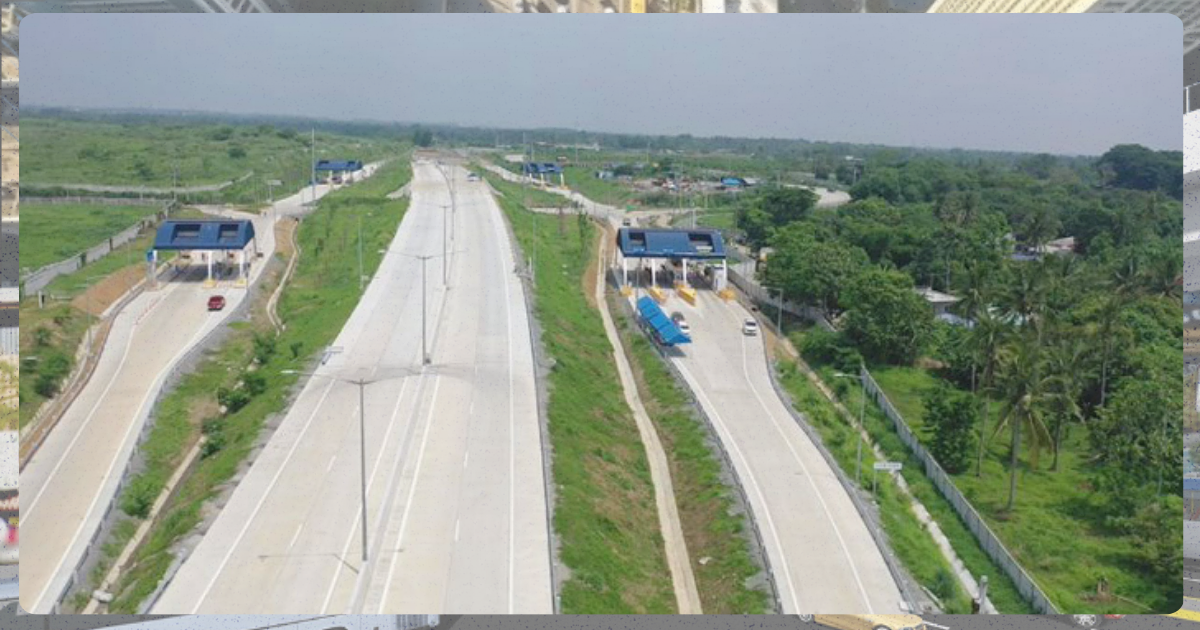
Image from BusinessWorld Online
CALAX, currently under construction, aims to reduce the travel time between Cavite and Laguna from two hours to just 35 minutes by developing key interchanges. With its 61% completion and scheduled full operation by 2025, this vital link promises to enhance regional mobility.
2. CAVITEX C5 Link
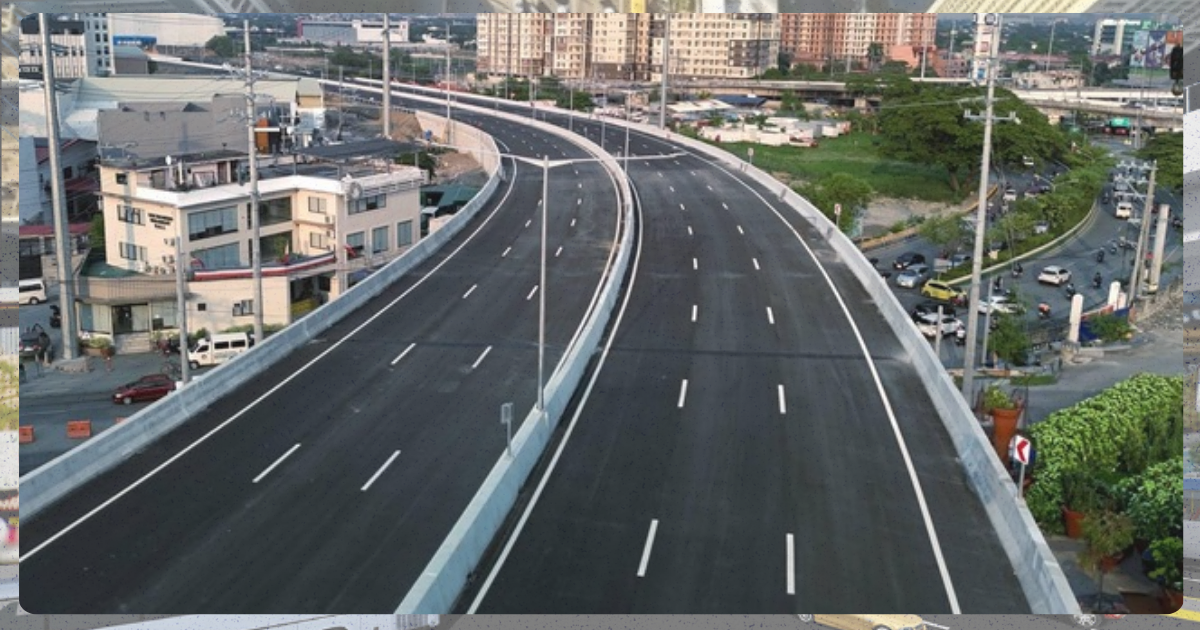
Image from AutoDeal
The expansion of the CAVITEX C5 Link, including the Sucat Interchange and Flyover Extension, is aimed at easing traffic congestion and providing quicker access to the C5 corridor, which connects to all the important business hubs. On June 23, 2024, the Cavitex C5 Link Sucat Interchange was opened. The flyover expansion was opened in August 2022.
3. Luzon Spine Expressway Network (LSEN)
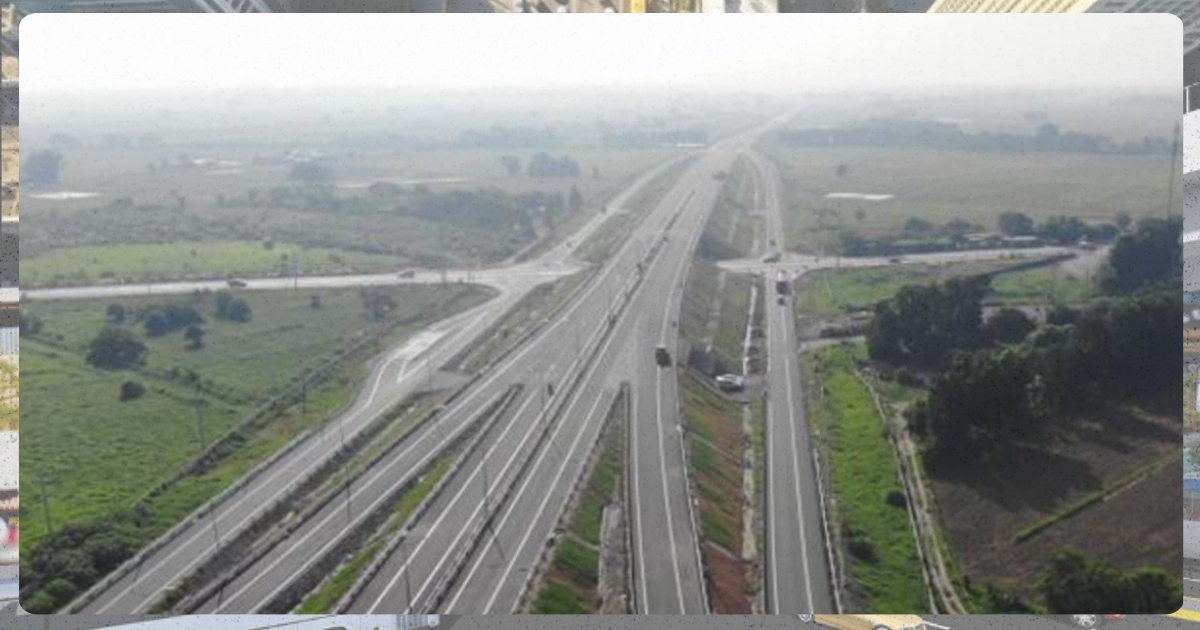
Image from Philippine Resources Journal
The LSEN will connect Ilocos in the north to Bicol in the south, reducing the 20-hour journey to just nine hours. Projects like the Tarlac-Pangasinan-La Union Expressway (TPLEX) extension will shave an additional 50 minutes off travel time to La Union, making road trips faster and more convenient. Since June 2024, the public has already been able to access some main segments of this network. The entire project is expected to be completed before the year ends.
4. NLEX-SLEX Connector Road
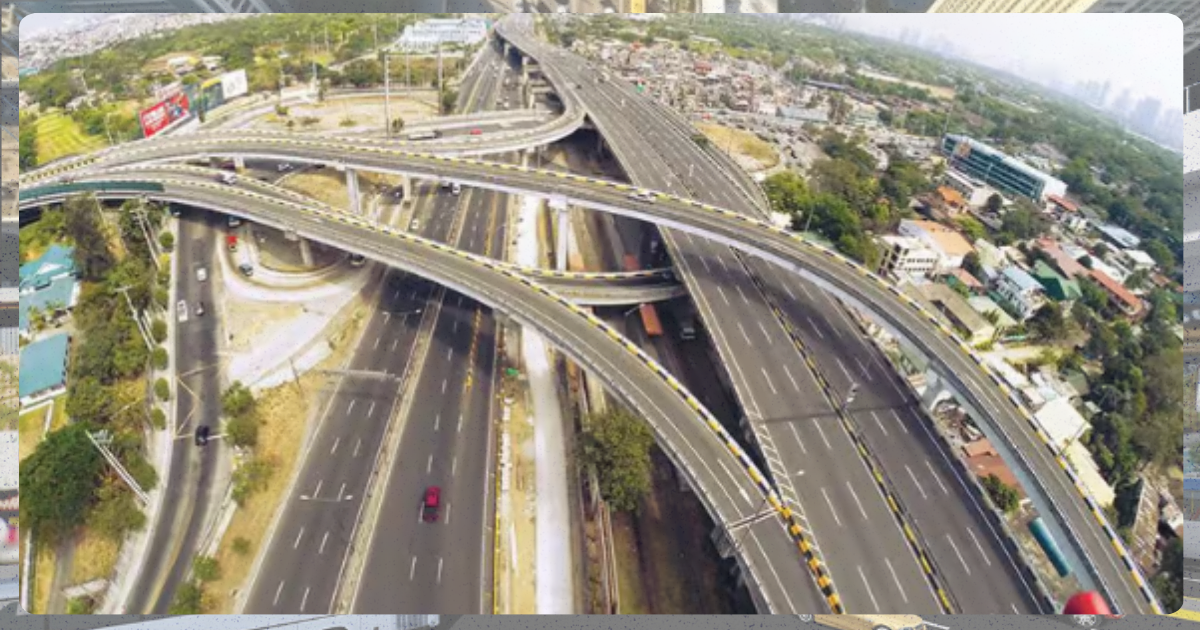
Image from AutoIndustriya.com
Expected to reduce travel time between the northern and southern expressways from two hours to just 20 minutes, this elevated road project will streamline inter-region transport and ease the notorious congestion on EDSA.
5. Southeast Metro Manila Expressway (C6 Expressway Phase I)
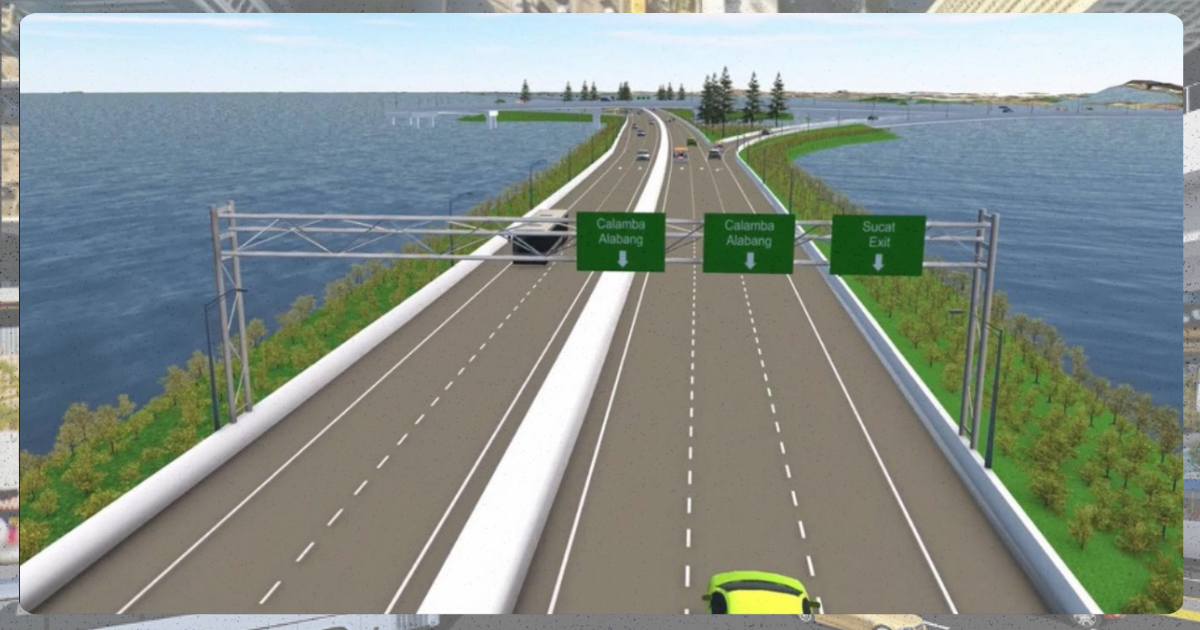
Image from 1Premier Land Marketing Company
The 32-kilometer C6 Expressway is another critical project that will reduce travel time between Bicutan and Batasan from two hours to just 30 minutes, decongesting some of the busiest routes in Metro Manila. As of April 2024, the acquisition of the expressway’s right is ongoing.
Rail and Subway Developments
In addition to road networks, major rail and subway developments are reshaping urban commuting.
1. Metro Manila Subway

Currently under construction and scheduled to be fully open in 2029, this landmark project will be the Philippines’ first subway system. Once completed, it will provide a much-needed alternative to the congested roads of Metro Manila, offering rapid and efficient underground transportation across the region. This development will significantly reduce commute times for thousands of daily passengers.
2. North-South Commuter Railway
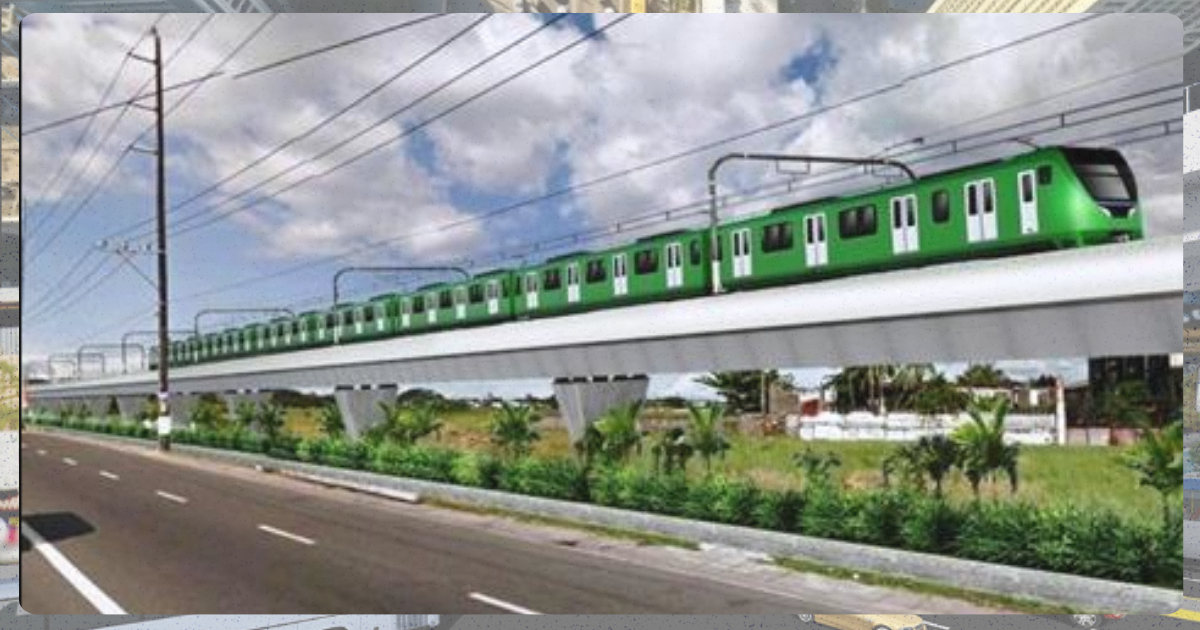
Image from Railway Gazette
With 36 stations and four services, the North-South Commuter Railway system will link northern and southern Luzon, connecting regions like Bulacan and Laguna to Metro Manila. By providing an efficient alternative to road travel, this project aims to alleviate traffic congestion while promoting economic growth in regional areas.
Bridges Connecting Key Regions
Key bridge projects across the Philippines are poised to enhance inter-island connectivity, improving trade and travel.
1. Bataan-Cavite Interlink Bridge

Image from Provincial Government of Bataan
This 32-kilometer bridge, set to begin construction in November 2024, will dramatically cut travel time between Bataan and Cavite from five hours to just 45 minutes. It will provide an essential link between these regions, boosting economic activity and regional development.
2. Panguil Bay Bridge (Mindanao)
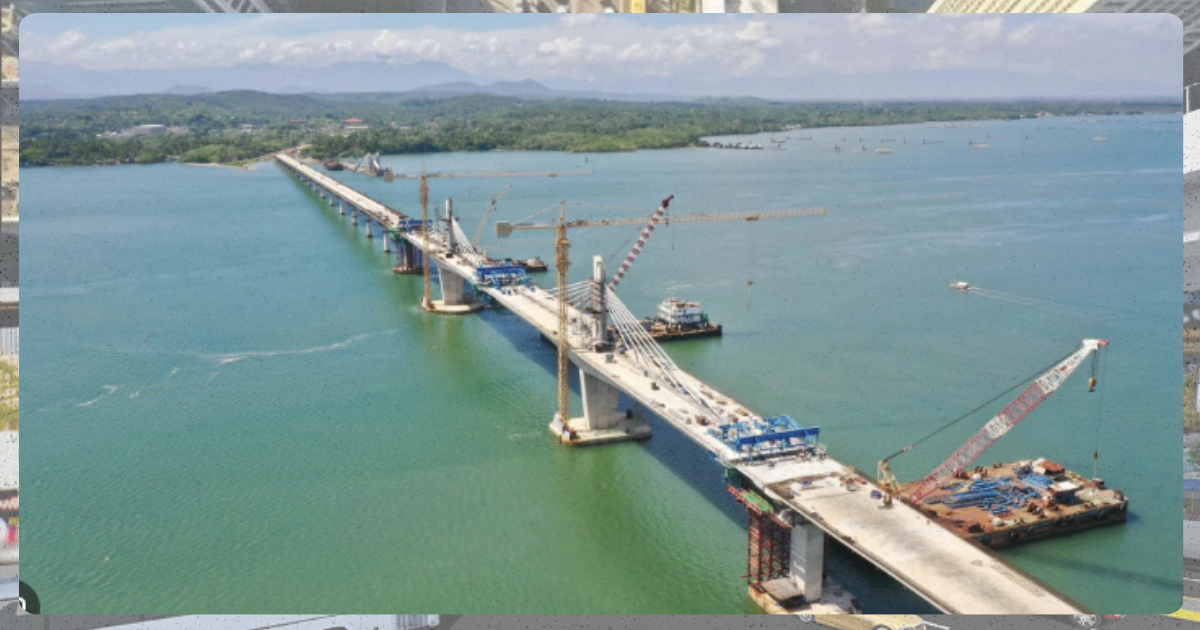
Image from DPWH
Officially opened to the public on September 27, 2024, this bridge will reduce travel time between Lanao Del Norte and Misamis Occidental from 2.5 hours to just seven minutes, bringing Mindanao’s regions closer together and facilitating greater movement of goods and people.
3. Samal Island-Davao City Connector Bridge
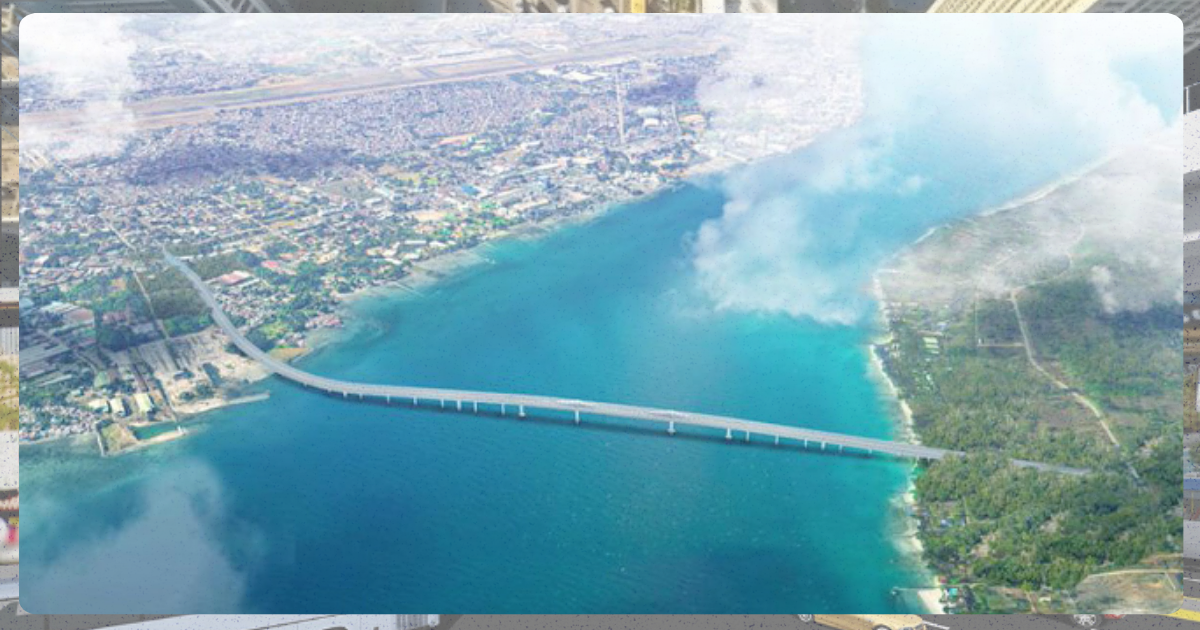
Image from BusinessWorld Online
By cutting travel time between Samal Island and Davao City from 55 minutes to just 4.5 minutes, the Samal Island-Davao City Connector Bridge project will strengthen the tourism and economic ties between the island and the city. It is expected to be completed and fully operational by 2027.
Projects Impacting Greater Metro Manila
1. Pasig River and Marikina River Bridges
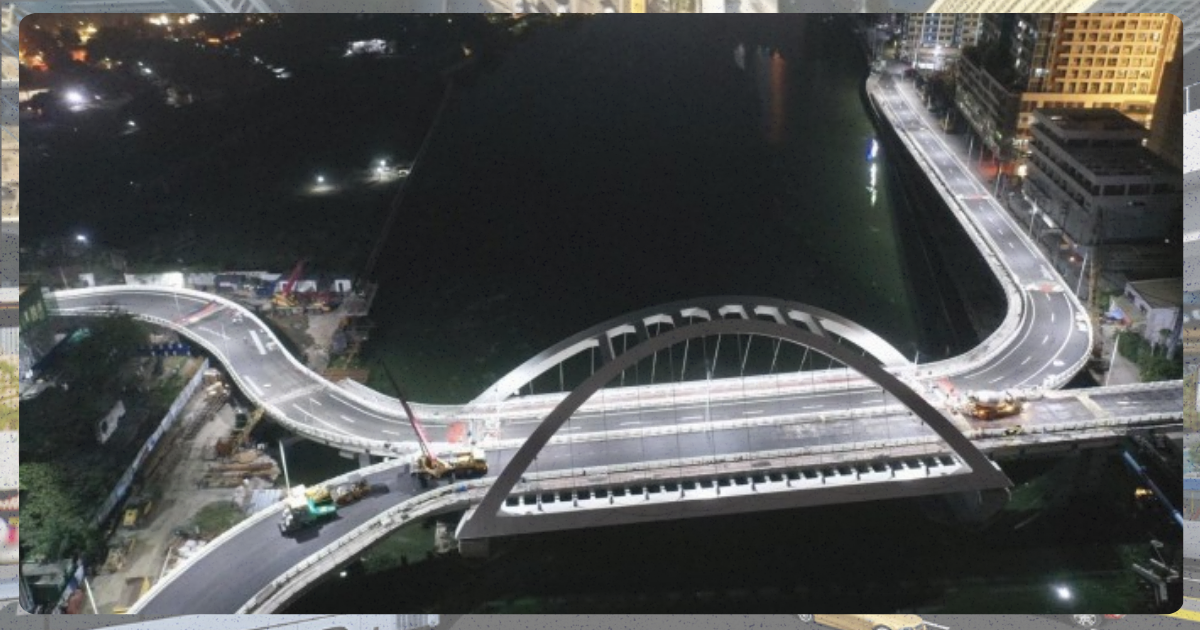
Image from Philippine News Agency
Central Metro Manila will experience less traffic congestion thanks to three newly completed bridges. The design of the Binondo-Intramuros Bridge, the BGC-Ortigas Center Link Road, and the Estrella-Pantaleon Bridge aims to distribute vehicular loads more evenly, thereby reducing bottlenecks at key river crossings. With these additions, navigating the city’s busy streets should become a bit smoother for commuters and drivers alike.
2. Laguna Lakeshore Road Network
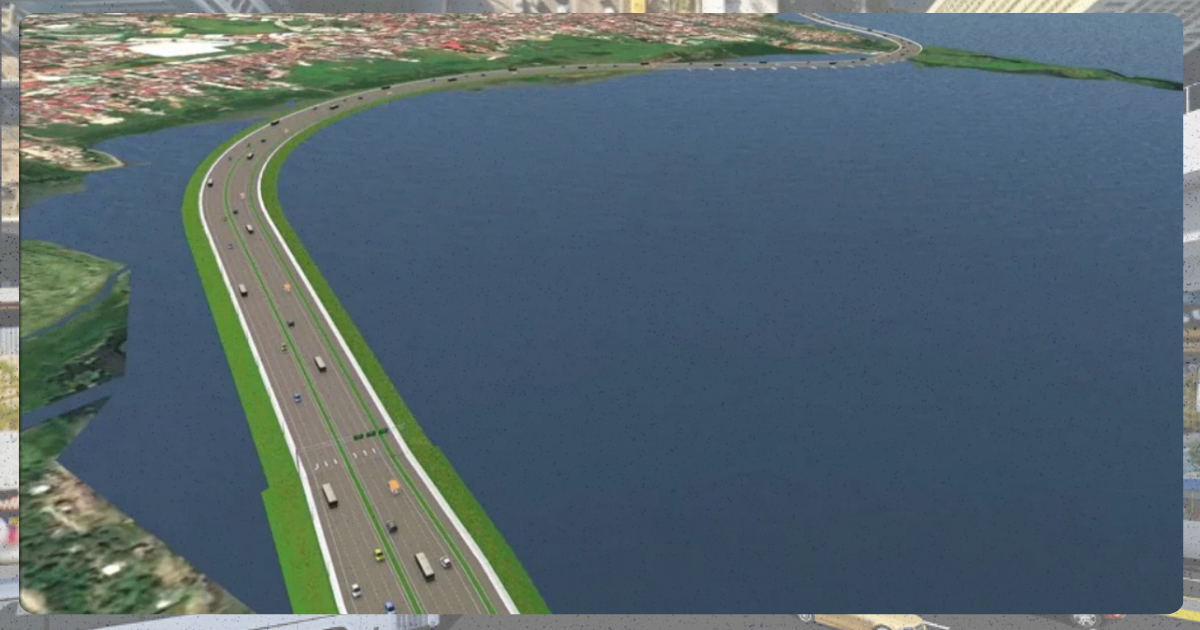
Image from VISOR.PH
This 51-kilometer road from Calamba to Bicutan is a major upcoming project that will significantly improve traffic flow in southern Metro Manila. With engineering plans nearing completion, this project promises to provide faster travel along the city’s peripheries.
Inter-Island Connectivity Projects
The Philippines’ many islands make inter-island bridges a vital component of the nation’s infrastructure.
1. Panay-Guimaras-Negros Island Bridges
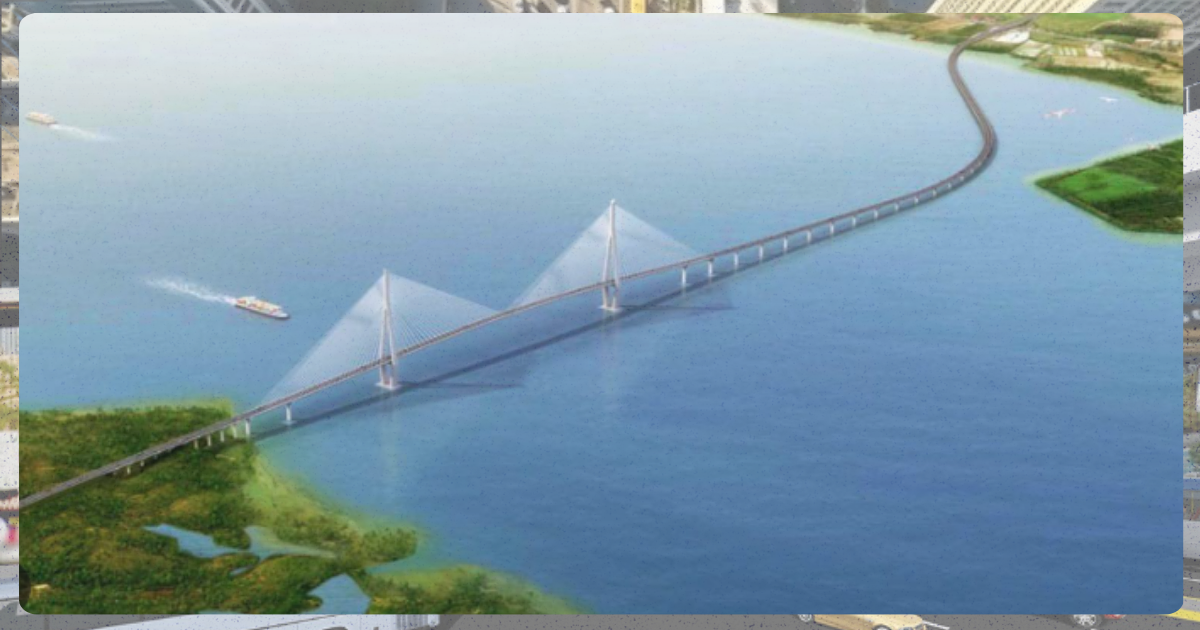
Image from Iloilo Today
Once constructed, these bridges will enhance connectivity within the Visayas region, boosting inter-island travel and trade. We expect this project to commence construction soon, offering significant benefits to both commuters and businesses. Phase I of the project is expected to be completed by 2028, while Phase II will be completed by 2030.
2. 4th Cebu-Mactan Bridge and Mandaue Coastal Road

Image from Sugbo.ph
Designed to ease traffic between Cebu and Mactan Island, this ₱76.4-billion project will provide much-needed relief to the overburdened existing bridges, ensuring smoother transport between these key economic areas.
Philippine Public Transportation Update for 2024
The Philippines is at an important period of transportation evolution. From expressways and railways to bridges and inter-island connectivity projects, the country’s public transportation system is on the verge of becoming faster, more efficient, and more reliable. As these projects near completion, the promise of shorter commutes, reduced congestion, and enhanced regional connectivity is becoming a reality.
References:
Bilyonaryo. (2024, September 23). Road to progress: MVP Group allots P14 billion for major expressway projects. Bilyonaryo. Retrieved October 14, 2024, from https://bilyonaryo.com/2024/09/23/road-to-progress-mvp-group-invests-p14-billion-for-major-expressway-projects/infrastructure/
DPWH. (n.d.). DPWH Showcases 2-Year Milestones under Build, Better, More Program. DPWH. https://www.dpwh.gov.ph/dpwh/news/34724
DPWH. (2024, April 11). DPWH Reveals Plan to Decongest Traffic in Metro Manila | Department of Public Works and Highways. DPWH. Retrieved October 14, 2024, from https://www.dpwh.gov.ph/dpwh/news/33434


